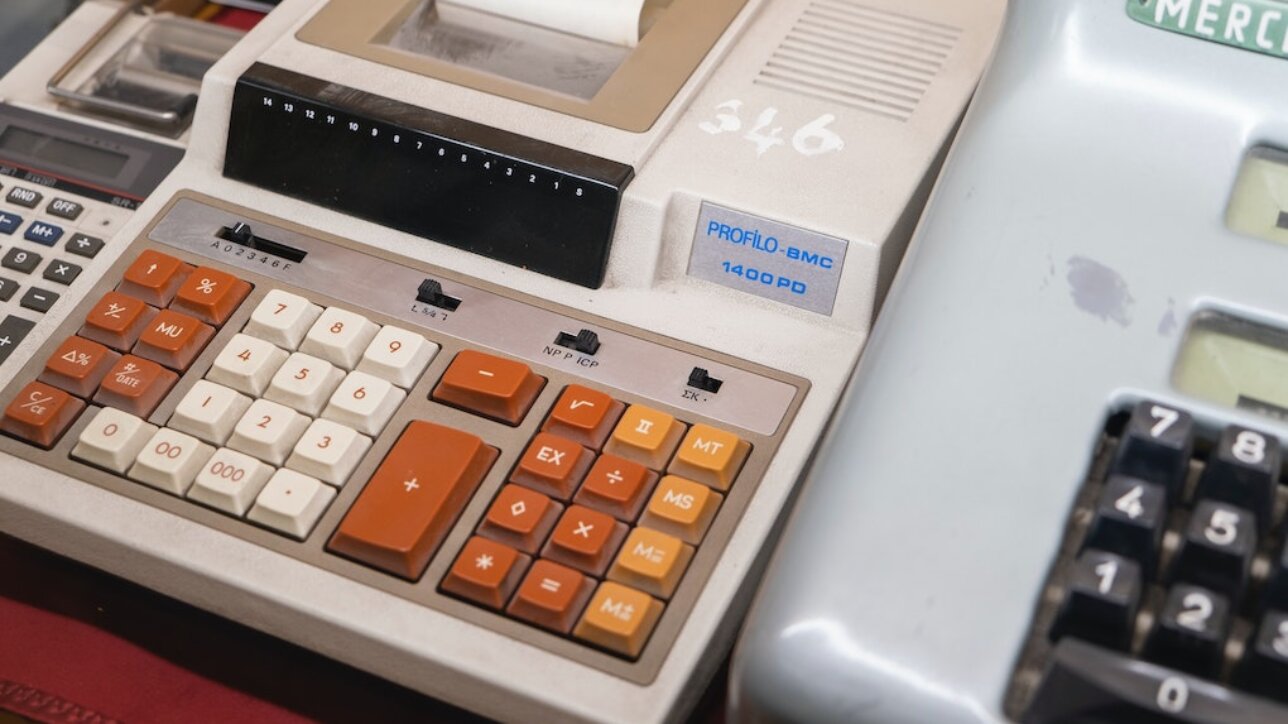
April 26, 2021
Why Start Planning Your Retirement Now

Just because you aren’t ready to hang up your proverbial hat doesn’t mean you should wait to plan retirement from your dental practice. Even if you aren’t ready to make an immediate change, envisioning your post-transition life starts with years of pre-planning. Here’s how to plan ahead, even if you aren’t sure you want to.
Act the part
Even if you never actually intend to sell your dental practice in the not-so-distant future, it makes perfect business sense to act as if you are as to stay on a healthy trajectory and hold you and your staff accountable along the way. Starting with a practice valuation will help set your sights on where you are and need to be in order to eventually transition your dental practice and your life.
Consider your options
Planning a buy-out or buy-in allows you to bring in a partner for a period of time and have a plan in place for the partner to eventually buy the practice in full or bring on another associate or partner to fill the place of the retiring doctor. Alternatively, options exist to become an associate and work for the buying doctor to help ease the transition for both parties, while allowing the retiring doctor to release managerial responsibilities.
Plan your time
While there is no “right” time to sell, a well-laid plan starts at the peak of the practice’s value. A dental practice transition can take anywhere from six months to three years, depending on the area in which you practice, starting with a practice appraisal to determine ways to make your practice more valuable and profitable, including location, growth potential, reason for selling, and long-term trends of the revenue and profit margin. By starting early rather than under a personal deadline, you will be in a better place to make an educated decision rather than under a time constraint with fewer options.
Map your goals
Throughout this process, it’s important not to lose sight of what you want retirement life to look like, specifically financially when it comes to investments and exit strategies. How much longer you want to work is directly related to how you can maximize practice productivity and efficiency while defining benefit pension plans and saving for your proper nest egg. Creating a personal budget at the onset can help plan for post-retirement expenses.
What’s next?
Contact the experts at Professional Transition Strategies for more guidance on how to navigate retirement matters.







